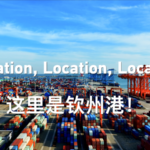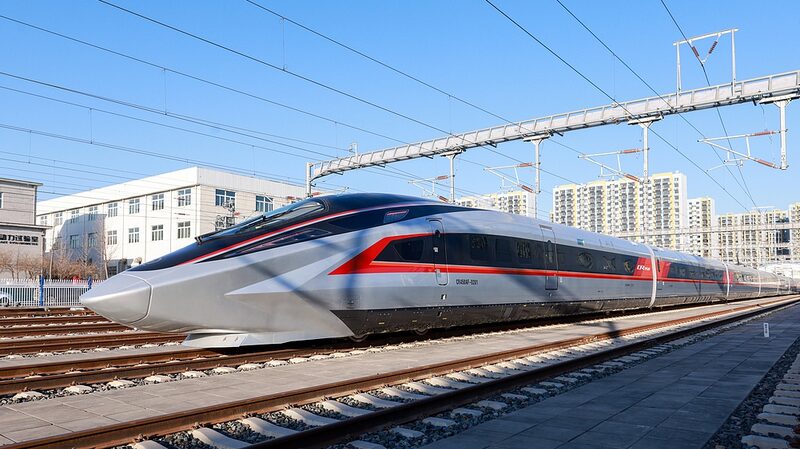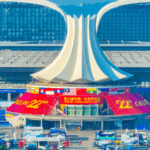A new chapter in China-ASEAN connectivity began this week as the first Liuzhou–Qinzhou–ASEAN rail-sea intermodal train departed Guangxi's Liuzhou railway port. Carrying 56 containers of automotive parts bound for Malaysia, this inaugural journey marks the launch of regular cross-border logistics operations through the New Western Land-Sea Corridor.
The route combines rail transport from Liuzhou to Qinzhou Port with maritime shipping to Southeast Asia, creating a seamless supply chain. China Railway Nanning Group reports the corridor's "high capacity and all-weather reliability" will reduce transit times by 30% compared to traditional methods, while cutting logistics costs by an estimated 18% for manufacturers.
Liuzhou – Guangxi's industrial powerhouse producing 1.4 million vehicles annually – stands to benefit significantly. From January to October 2023, over 8,400 containers of auto components already moved through the Qinzhou route prior to this expansion. The new ASEAN-bound service strengthens China's automotive export capabilities while supporting regional manufacturing integration under the RCEP trade pact.
Analysts highlight the corridor's strategic value: "This creates a direct artery between China's industrial southwest and ASEAN's growing consumer markets," notes Singapore-based trade expert Dr. Mei Lin. "It demonstrates how infrastructure innovation is reshaping Asia's economic geography."
With Beibu Gulf Port now integrating Liuzhou into its inland network, the development signals China's continued investment in multimodal transport solutions to strengthen regional supply chains. As more trains begin weekly operations, businesses anticipate improved access to Vietnam, Thailand, and Indonesia's automotive sectors.
Reference(s):
cgtn.com







